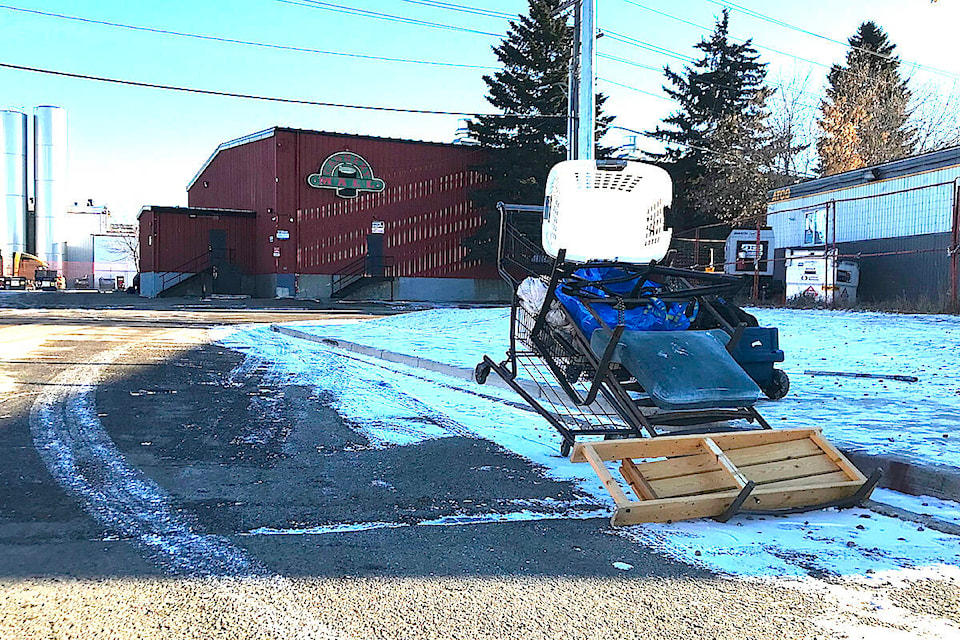Growing opioid abuse and mental illness mean the problems faced by people experiencing homelessness in Red Deer have grown drastically in the last three years, according to a report heard by city council.
“With everybody jumping up into a higher complexity, our community is challenged,” said Ryan Veldkamp, the city’s housing and homelessness supports supervisor, to council on Thursday.
“Do we even have the right system to support those individuals?” he questioned.
Mayor Ken Johnston left a two-and-a-half-hour special council meeting about the issue on Thursday saying he has a greater appreciation that complications around fighting homelessness “have changed radically since 2019.”
Three years ago, use of the Safe Harbour-run shelter peaked at 65 to 80 people. This winter it peaked at about 168 people — more than doubling.
Council heard Red Deer simply does not have enough supportive accommodations or adequate resources, to help so many people — especially those that fall within the hard-to-house group.
A report presented by Veldkamp indicated from 50 to 70 more supportive using units are needed in the community to meet this growing demand.
And some of these spaces would likely need a support worker to help tenants continue to live housed in the community, Veldkamp added.
Within his 650-page report on the state of housing and recovery, a graph showed slow progress is being made by Red Deer agencies to find housing for people staying at local shelters.
As of Feb. 17, 168 people who had registered for supportive housing programs were found accommodations. Sixty had been matched with housing but were still waiting to move in, while 101 people were not yet matched with appropriate housing.
Veldkamp told council the lack of local supportive housing is impacting this not-yet-matched group.
About 85 per cent of those who are waiting for housing were assessed to have a high complexity of needs — which could include addictions, mental illness, behavioral problems, etc. This compares with just eight per cent of unhoused people who have mild complexities and three percent with no complexities.
Council heard that, among those still waiting for housing over the past 45 days, 22 per cent had waited between 201 days to more than a year, while 37 per cent were waiting from 45 to 200 days.
Veldkamp told council Indigenous people were over-represented in the last Homeless Count, making up 44 per cent of the homeless count, compared to eight per cent non-indigenous.
City councillors agreed there was no easy solution to this issue.
But since addictions is a health problem, Coun. Dianne Wyntjes took heart that Alberta Health Services is now “at the table,” contributing to the discussion. “We must move the needle on spaces and capacity,” she added.
Johnston, who knows from speaking to other mayors this is not just a Red Deer problem, feels municipalities need to get the message across to higher levels of government “with some forcefulness,” that more funds for supportive housing are badly needed.
Coun. Vesna Higham suggested that governments maybe need to start thinking along the lines of Rhode Island, which allows for some involuntary treatment of addicts who are considered a risk to themselves or others.
But Johnston said Alberta is not on this road and is unlikely to be anytime soon. Council heard Alberta is following the Recovery model, which respects an individual’s autonomy and right to choose, but tries to meet people wherever they are on life’s journey and encourage them to get treatment.
Coun. Kraymer Barnstable said he doesn’t believes there will ever be a perfect plan to solve homelessness as the issue is so complex, while Coun. Bruce Buruma blamed “poisonous drugs” in the community for exacerbating the problem.
